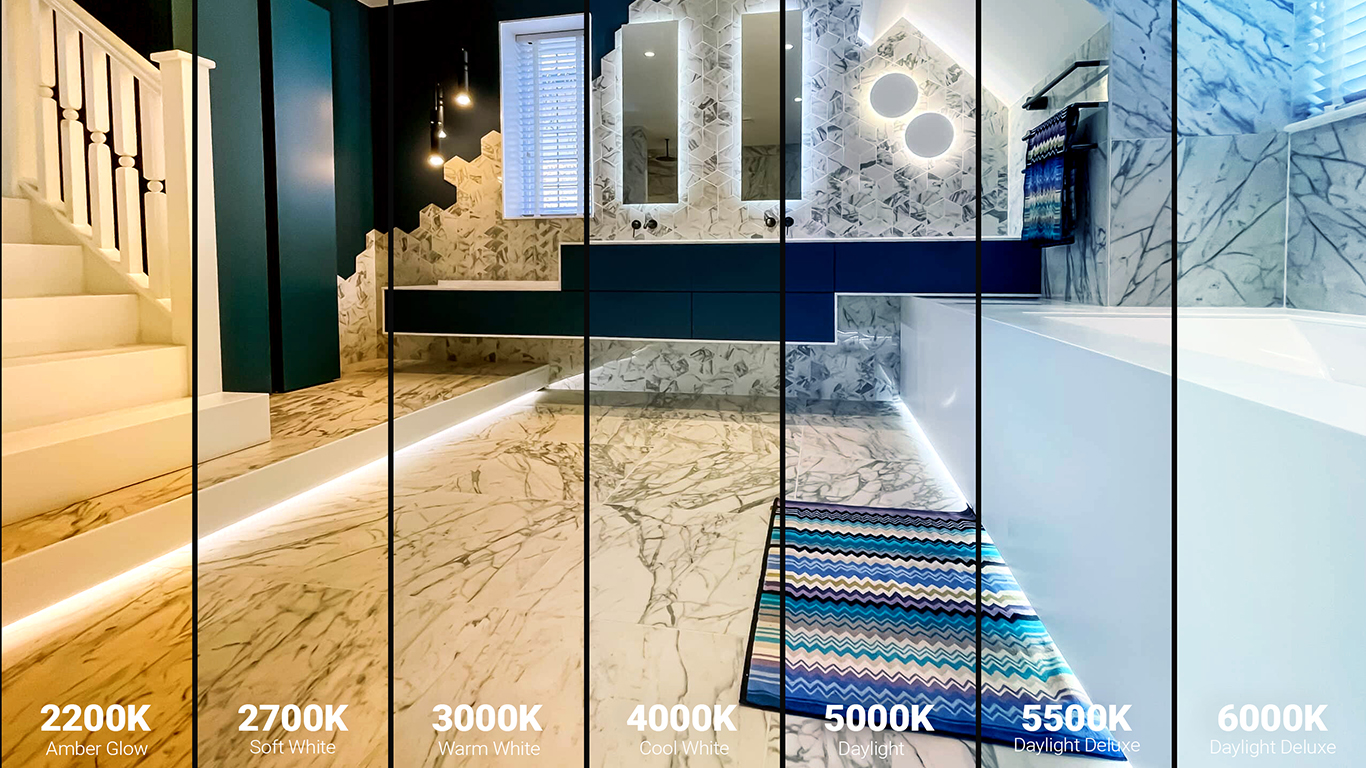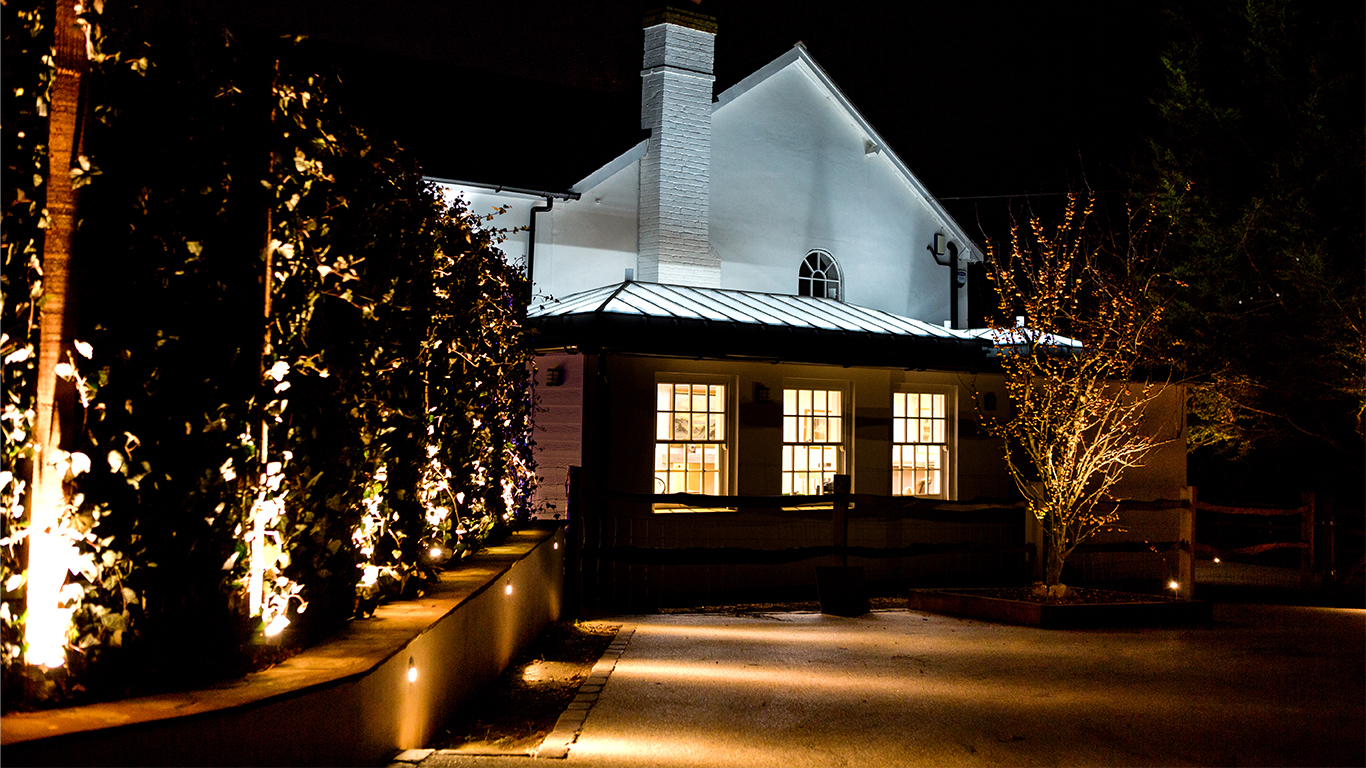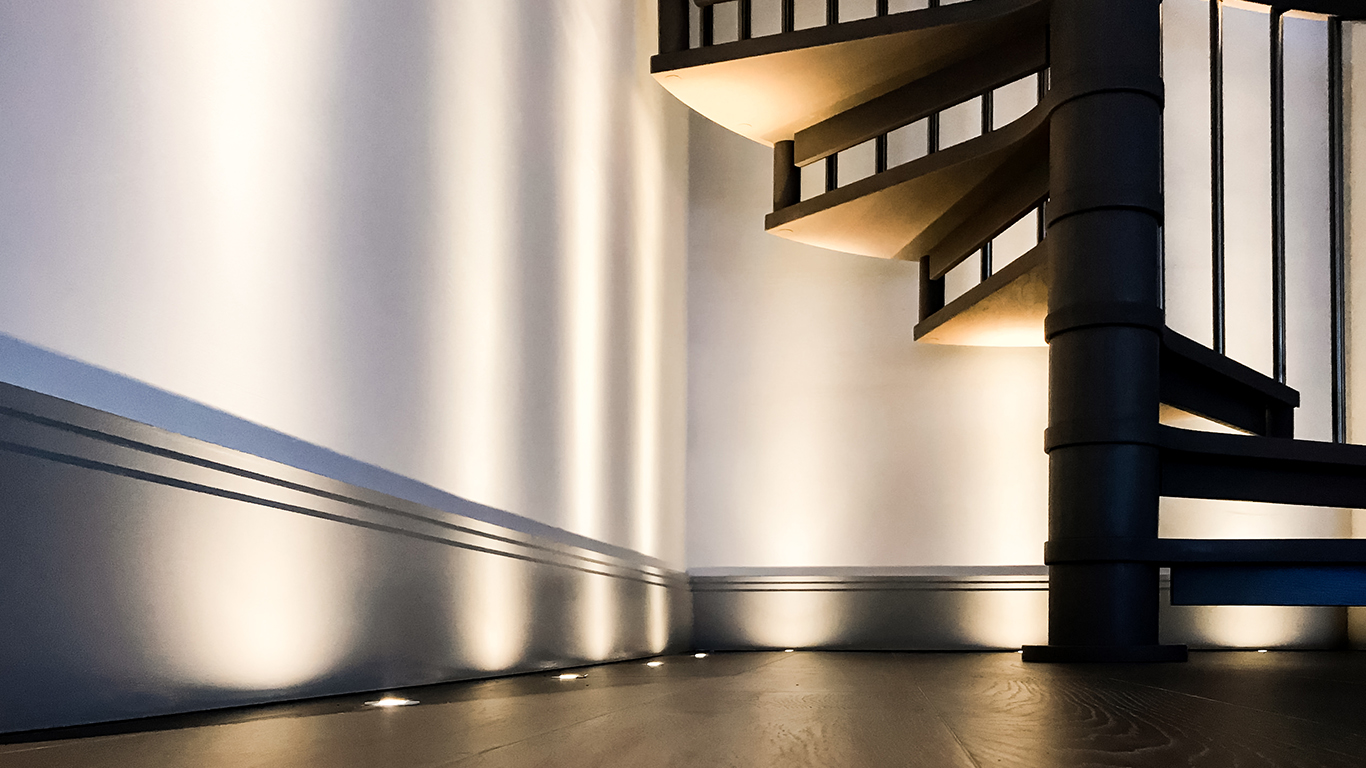Lighting design is crucial in creating inviting and comfortable environments. However, choosing the right lighting can be daunting, with various technical terms like CCT and CRI thrown around. But don’t worry, we’re here to help you understand the importance of CCT and CRI in lighting design.
The Importance of CCT
CCT or Correlated Colour Temperature, measures the colour appearance emitted by a light source. Lower CCT levels, such as 2700K-3000K, emit a warm white light, similar to incandescent bulbs. In contrast, higher CCT levels, like 4000K-6500K, produce a cool white to daylight-like light. To put it simply, cooler temperatures tend to have bluer tones, while warmer tones tend to be more yellow.
But why is CCT important in lighting design?
Well, it sets the right ambience and enhances visual perception. For example, a warmer light with a lower CCT level is perfect for creating a cosy and intimate atmosphere in a bedroom or living room. On the other hand, cooler temperatures with a higher CCT level are ideal for work environments like offices or schools because they can help improve productivity and alertness.
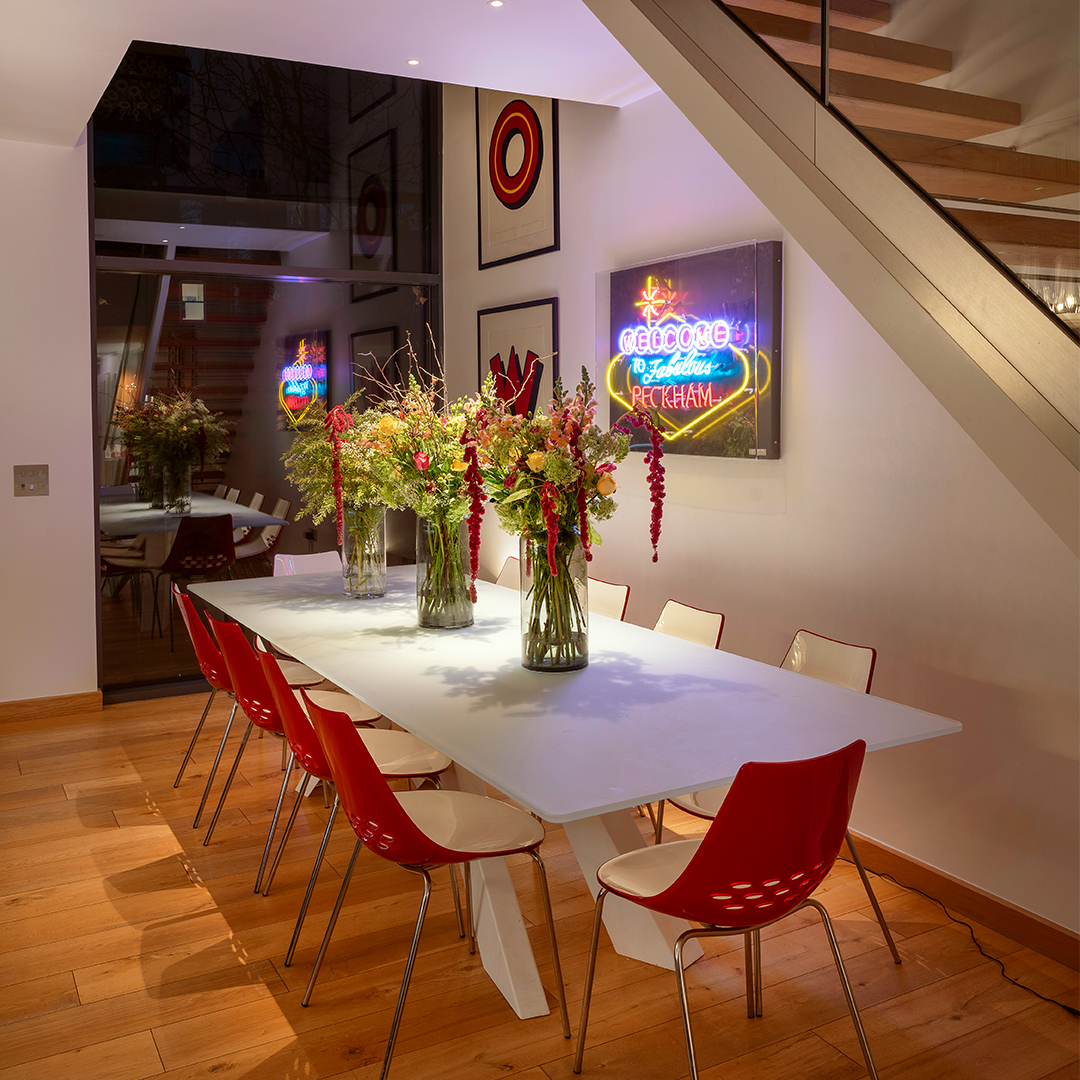
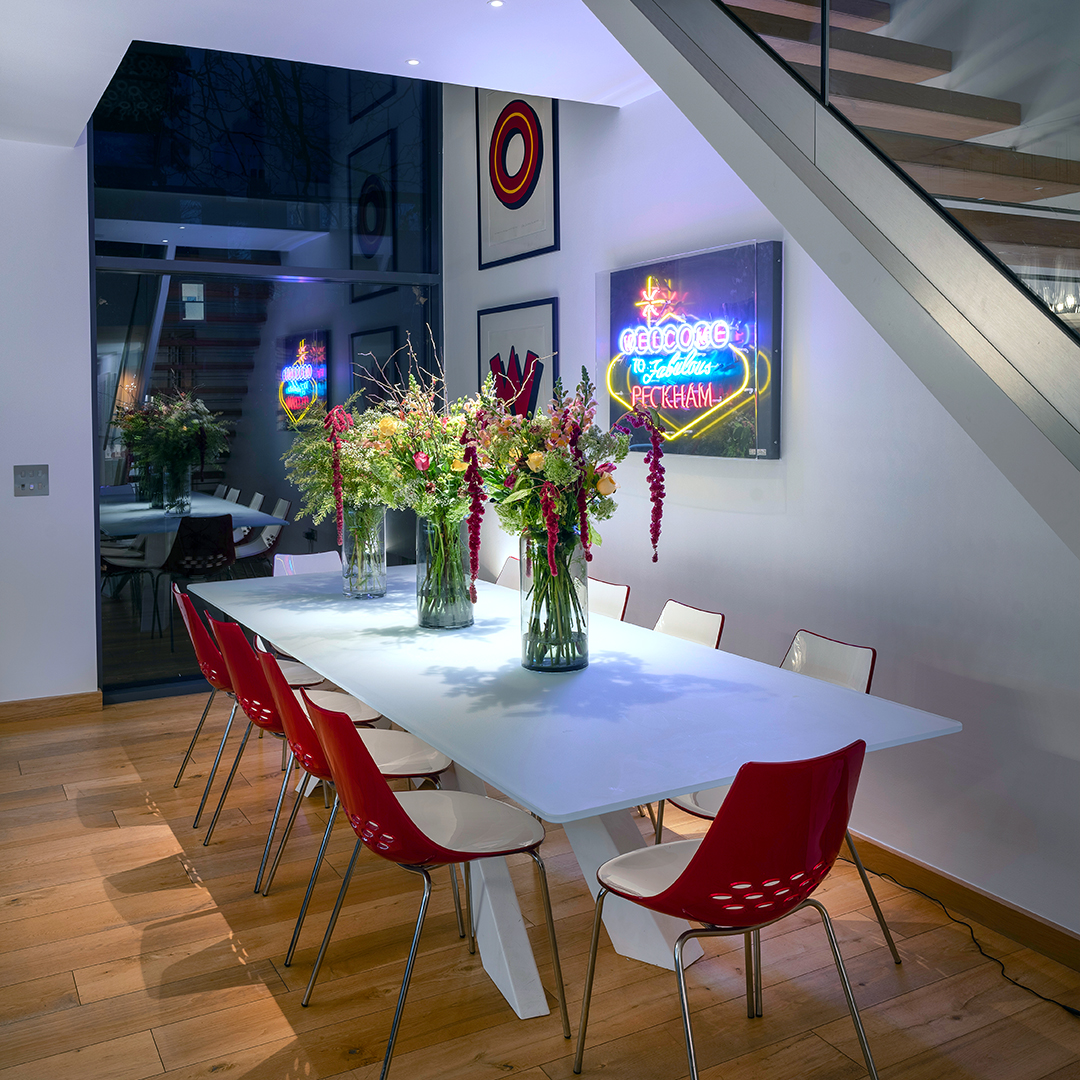


The Importance of CRI
CRI or Colour Rendering Index is a measure that determines the accuracy of a light source in producing colours. A CRI value of 90 or higher is considered to have a much higher quality of light than values below it. High CRI lighting ensures that colours appear true to reality, which is crucial in environments where colour accuracy is paramount, such as in product display or artwork appreciation. Moreover, lighting with a high CRI value helps reduce eye strain and promote a comfortable environment, particularly in work environments, schools, and healthcare institutions that require prolonged exposure to artificial lighting.
So, why is CRI important in lighting design?
It’s because it showcases how colour is represented under artificial light and is key to material design. High CRI lighting can make a significant difference in how we view colours, especially in environments where colour accuracy is crucial.
In conclusion, understanding the importance of CCT and CRI in lighting design can help you choose the right lighting for your space. Remember that choosing the right lighting not only sets the desired ambiance but also affects our visual perception, productivity, and health. So, go ahead and experiment with different CCT and CRI values to create the perfect lighting design for your space!

